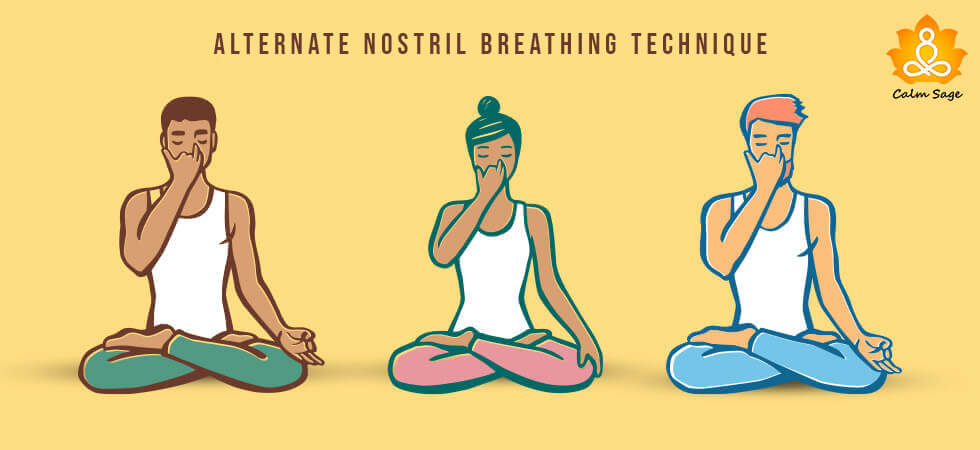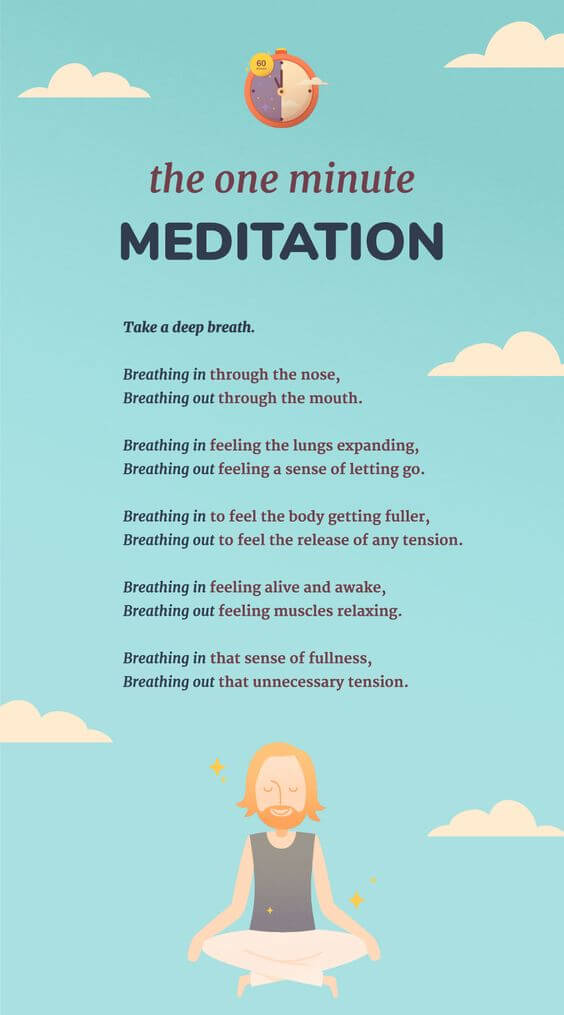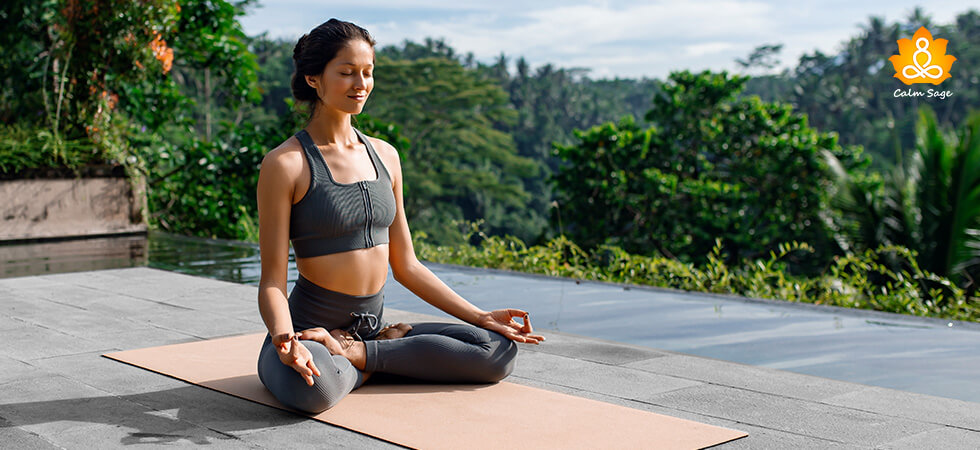Alternate Nostril Breathing: The Benefits & How To Practice?

What do you do to control your anxiety? Try meditation, yoga, mindfulness, or breathing techniques? Which one is the most effective among them for your anxiety… ever thought?
Have you ever heard about the Alternate Nostril Breathing technique? If not you have come to the right place.
In this blog, I have covered the best and effective technique for controlling your anxiety that is Alternate nostril breathing. In Sanskrit, it is referred to as “Nadi Shodhana Pranayama” which means “subtle energy clearing breathing technique.”
Also Read: Practice Mindfulness Breathing Exercises To Deal With Stress, Anxiety & Anger
There are so many benefits of alternate nostril breathing which we are going to discuss in the below sections. Before starting with the alternate breathing technique, here are some facts that you should know before trying this effective technique for managing your anxiety.
- Alternate nostril breathing can also be used as a part of meditation or yoga practice.
- Apart from handling anxiety, Alternate nostril breathing can also be used for quieting or stilling your mind.
- Beginners can also practice this technique for clearing energies.
How to Practice Alternate Nostril Breathing Aka Nadi Shodhana Pranayama

To begin with, you don’t need a trainer for practicing it. You can practice alternate nostril breathing on your own. You can also watch YouTube videos if you’re not able to understand them in writing.
Here is the link for learning how to practice alternate nostril breathing:
To practice Nadi Shodhana Pranayama, you have to bring your focus on your breathing. Try to breathe slowly, smoothly, and continuously.
Also Read: Exploring The Scientific and Spiritual Benefits of Pranayama
Focusing helps us to remember where we are and where we are going in the cycle of this technique. Once, you’re able to focus completely on your breathing, let’s begin with practicing alternate nostril breathing:
1. You need to sit in a comfy position with crossed legs.
2. Now, slowly place your left hand on your left knee.
3. Now, slowly bring your right hand towards your nose.
4. Put your right thumb on your nose and bring it to close towards your right nostril. Make sure you’ve exhaled completely.
5. Now, inhale through your left nostril and then close your left nostril with the help of your fingers.
6. Now, open the right nostril and exhale through the right nostril.
7. Now, inhale through your right nostril and right away close your right nostril.
8. Again, open your left nostril and exhale through your left nostril.
9. This is a complete cycle of alternate nostril breathing or Nadi shodhana pranayama.
10. You can take this process for up to 5-6 minutes.
Note: make sure you always complete your cycle by completing an exhale from your left side.
Benefits of Alternate Nostril Breathing Technique
Alternate nostril breathing technique helps people in:
- Relaxing body and mind
- Reducing anxiety
- Promoting overall well being
Apart from handling anxiety, you can also use this technique for managing everyday stress. This technique also helps in mindfulness. Here are some other benefits of nostril alternate breathing:
1. Reduces stress and enhances cardiovascular functioning
Reduced stress and anxiety are some of the best and main advantages of Nadi shodhana pranayama. Additionally, research shows that alternate nostril breathing also shows a positive impact on cardiovascular functioning.
It enhances blood pressure, heart rate, and respiratory rate. The impact can be observed when this technique is practiced for at least 30 minutes and three times per week as certified by a yoga trainer.
2. Enhance lung functioning and respiratory endurance
Alternate nostril breathing also enhances lung functioning and respiratory endurance. A study showed that professional swimmers tried this technique and their lung functioning and respiratory endurance showed a positive effect.
Overall, it improved their athletic performance. The swimmers were suggested to practice alternate nostril breathing for 30 minutes and five days a week for 30 days.
3. Reduces heart rate
Reduced heart rate promotes improved cardiovascular health. It also helps in managing the average breathing rhythm. If you’re feeling anxious and could not control it, you can relax instantly while practicing this technique.
it will reduce your heart rate and will set your mind on peace. Improved heartbeat functioning has overall long-term effects.
4. Promotes overall wellbeing
Alternate nostril breathing or Nadi shodhana pranayama enhances overall health and wellbeing. It also has a positive impact on mental health as it helps in reducing anxiety and stress instantly.
It is so beneficial for athletes and adult people, it improves overall physiological and physical fitness-based performance. It enhances vital capacity, blood pressure, and heart rate.
I hope this blog helps you to understand alternate breathing techniques aka Nadi shodhana pranayama. Comment down and share your experiences with this technique for handling your anxiety.

For more such content, follow Calm Sage on all social media platforms.
Thanks for reading!
Next Read:
4-7-8 Breathing: How To Do It & Its Benefits
Box Breathing Technique: How To Do It & Its Benefits
Benefits of Deep Breathing On Your Physical and Mental Health
Calming Hand Breathing Technique: Manage Your Anxiety and Breathlessness




















